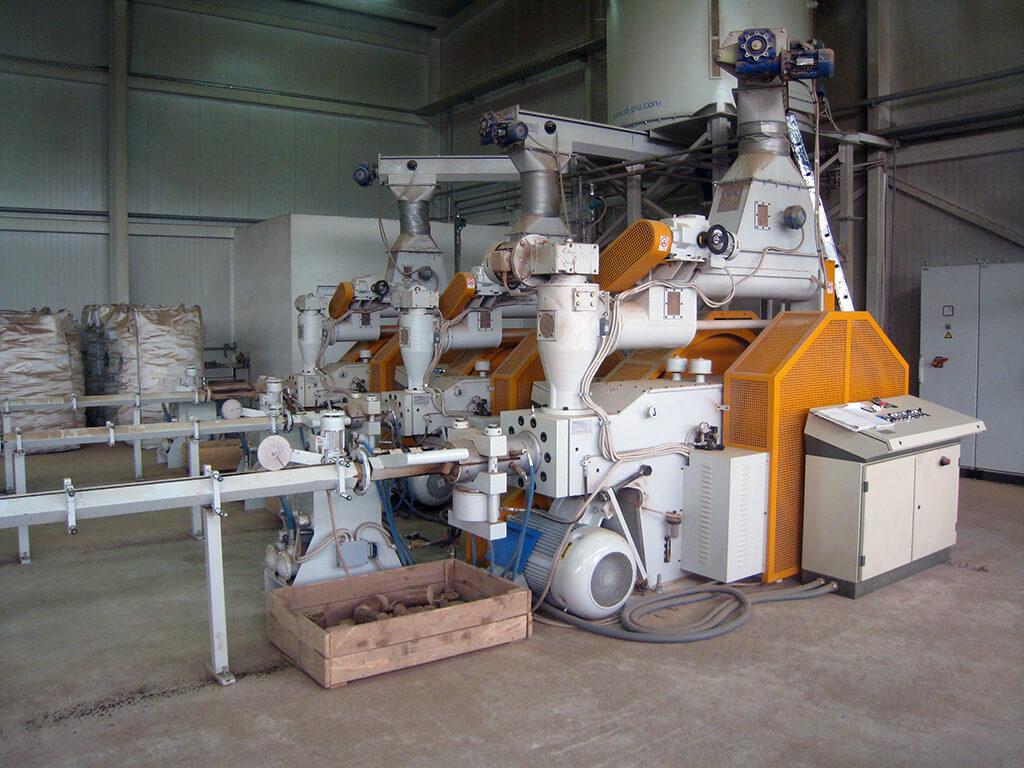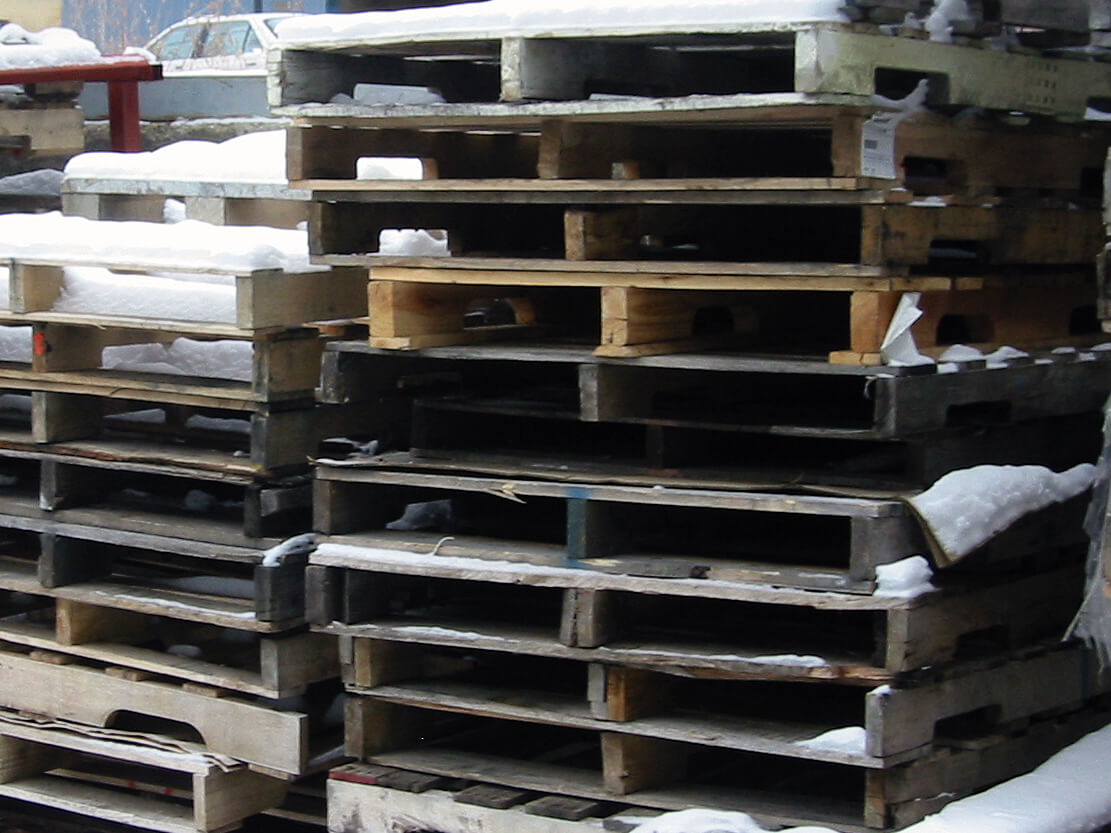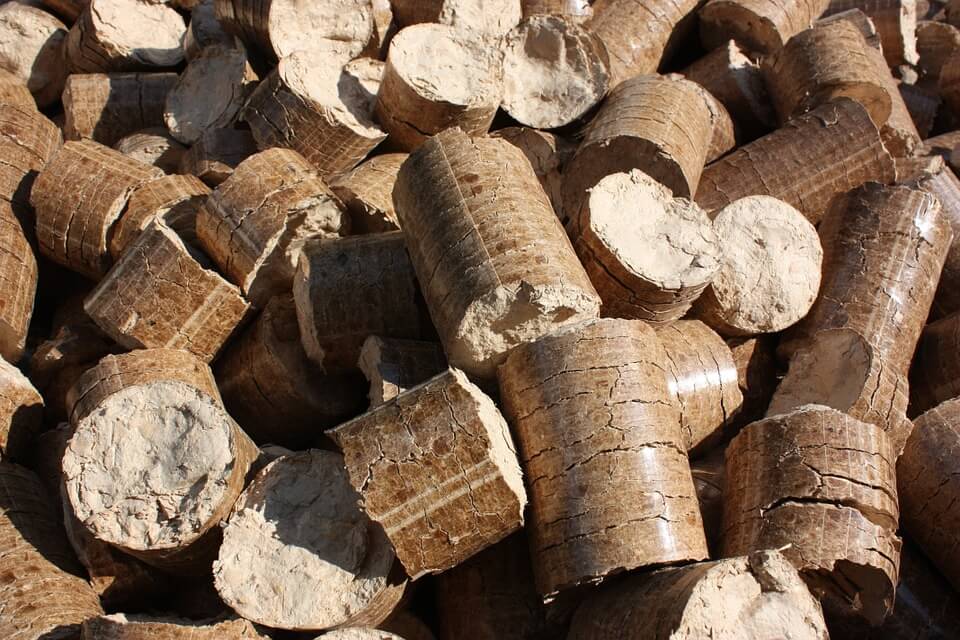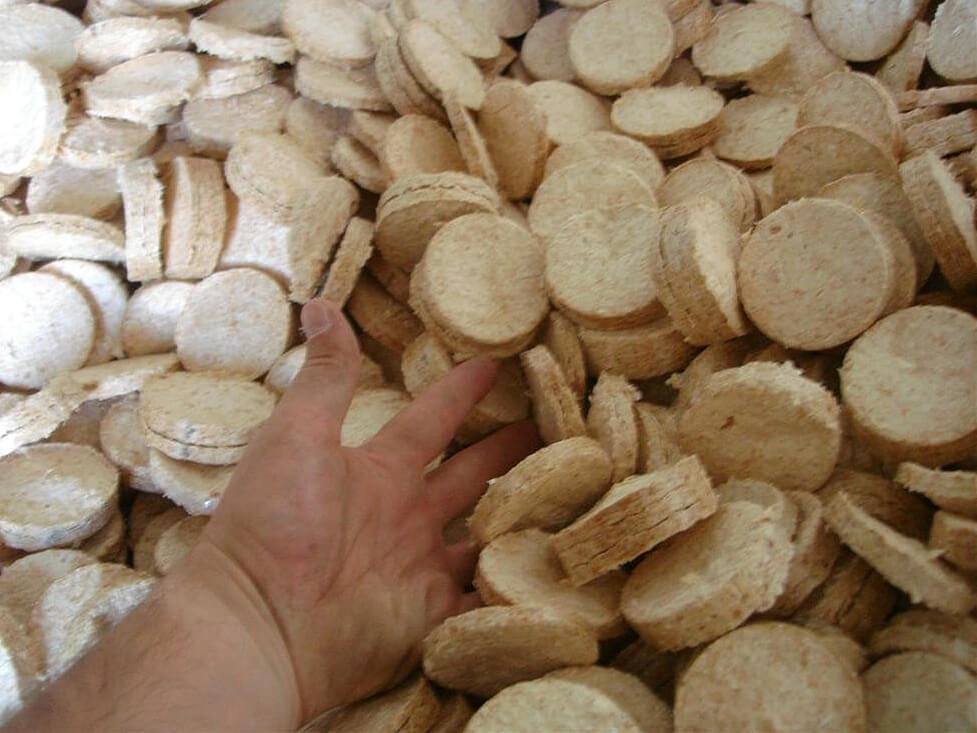WOOD
Virgin wood from forestry operations and sawmills, waste wood from secondary woodworking operations, recovered wood from construction and demolition, wood from spent pallets, boxes, crates, is a vast and formidable source of energy.
Densified wood has a very high energy density, burns at slower rates and at higher temperatures, effectively increases heat recovery, reduces the emissions of VOCs and particulates.
Wood can be densified into firelogs for the consumer market, and it can be used in regular stoves and fireplaces in place of cordwood. Or it can be densified into pucks to fuel furnaces and boilers to generate heat and power. It can be used by itself or in cogeneration plants that use other solid fuels.
NON-WOOD
Biomass is everywhere, most of the time unnoticed by the untrained eye. All biomass can be transformed into energy or into products with higher energy content, and most biomasses are of natural origin, including those that have already received a heavy industrial process of transformation as paper or cardboard. The utilization of biomasses that would otherwise be wasted can greatly contribute to the growing market of alternative energy, and to the replacement of fossil fuels.


Densification, and the relevant preparation of the biomass for densification, makes the biomass stable, easy to handle, reduces the cost of transportation, and greatly increases the energy density of the biomass. As with wood, densified biomass used in a stove, furnace, boiler, or gasifier will burn at a slower rate, at a higher temperature, with fewer emissions of VOCs and less particulates. This increases the overall amount of recoverable energy per unit of mass (weight).
Biomasses can be densified using mechanical presses or hydraulic presses. Mechanical compression systems achieve the highest levels of density. The preparation of the biomass in size and in moisture content has a determining impact on the quality of the finished product.
Biomass can be densified into logs and pucks. Logs are more normally made for the consumer or commercial markets. Pucks are usually made for the industrial and the energy markets.
The equipment we offer can process several kinds of agricultural waste, such as straw, hay, miscanthus, tobacco, cotton, olive pits and residue, fruit pits, corn stover, sugarcane bagasse, rice, seed, and coffee chaff, peanut and nut shells and many other agricultural fibers that are the waste or the byproduct of farming the main crop. Municipal waste (MSW-RDF) can be densified for fuel or further gasification. Also biomasses that have already gone through an industrial process of transformation such as paper, cardboard, tobacco products, natural fabrics can be densified into firelogs or pucks and used as renewable fuels.




